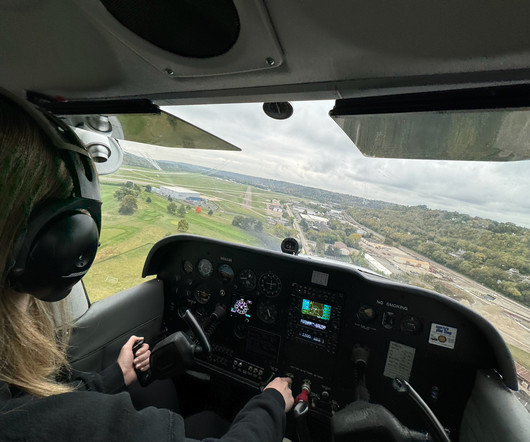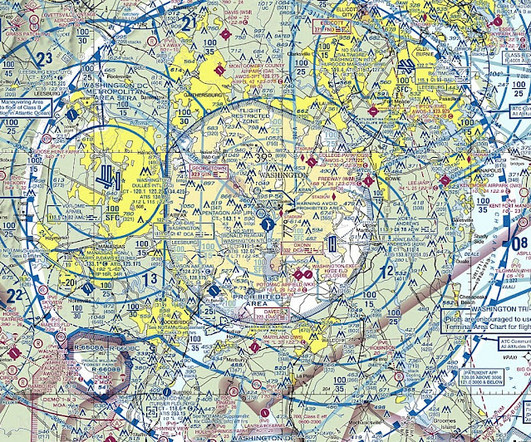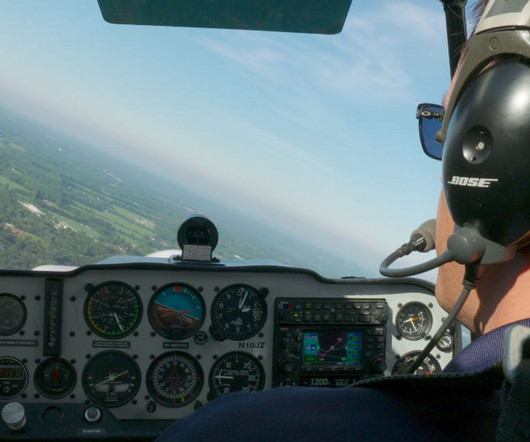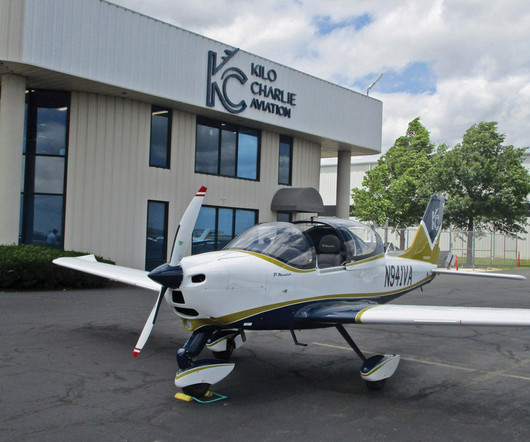VLE vs. VLO Speeds: What’s the Difference?
Pilot Institute
APRIL 23, 2025
Landing Gear Operating Speed (VLO) Explained Youre on the final approach. Now its time to extend the landing gear and complete your final approach checklist. Firstly, adopting airline procedures can be beneficial even for general aviation pilots. Theres just one problem youre too fast.


















Let's personalize your content